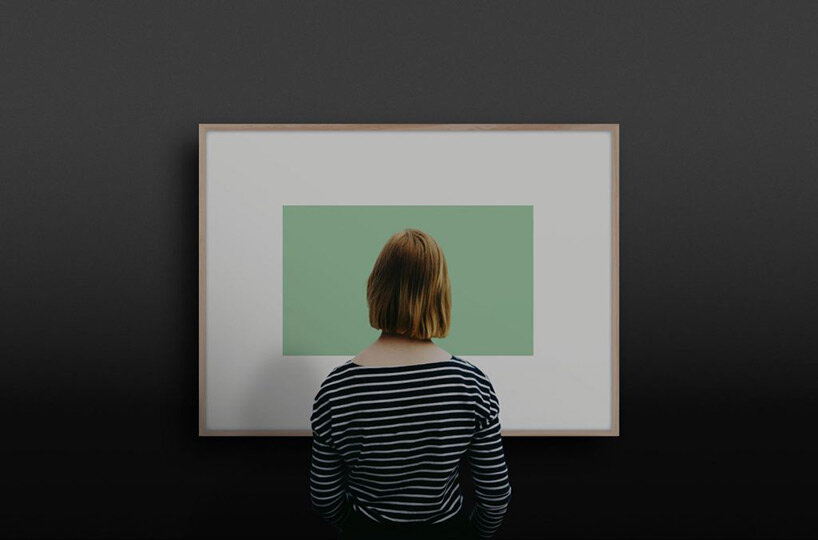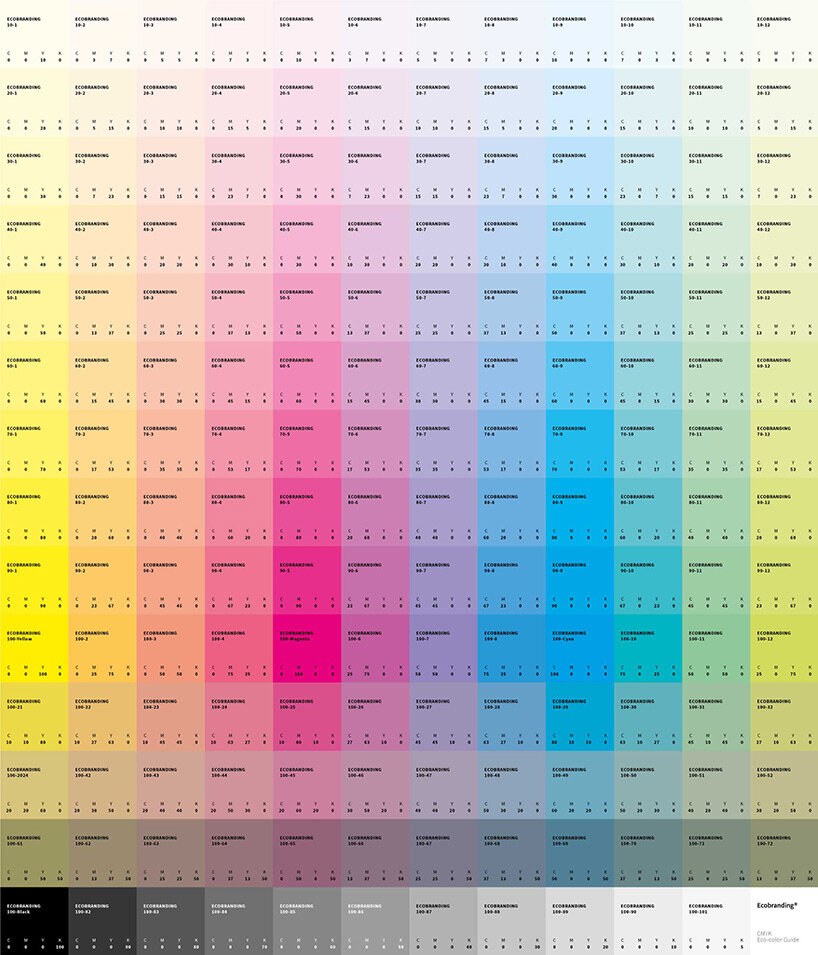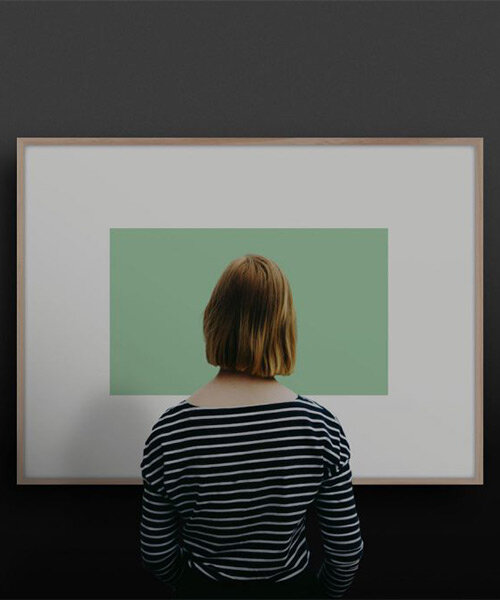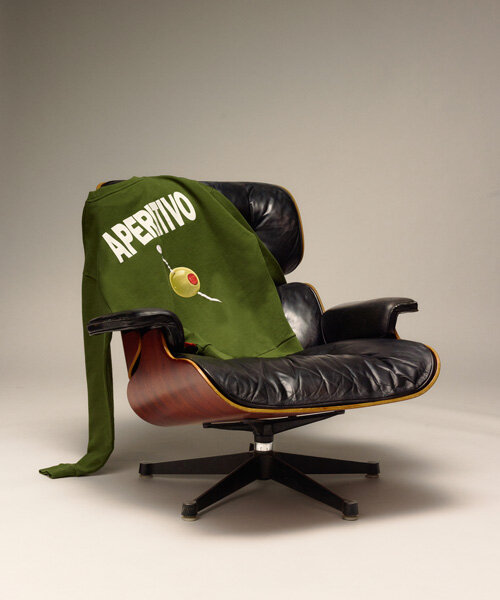sylvain boyer creates most eco-friendly green hue
green is the hue most associated with life, nature, and energy, serving as a vibrant symbol of the environmental movement and healthy living. however, it turns out that green is not even the most ‘eco-friendly’ color (blue is). in fact, green ink —which is widely used to signify environmentally-friendly products— is actually toxic.
with this in mind, french designer sylvain boyer has created ‘eco-green,’ an ink that consumes less ink than other greens and could be effectively used in future ecobranding campaigns.

all images courtesy of sylvain boyer
sylvain boyer’s ecobranding campaign
sylvain boyer has started several ecobranding projects which include redesigning the logos of famous brands like mcdonalds, coca cola, or even the olympic games. by using fewer solid colors, less inked is used, and hence less consumption is involved. thanks to boyer’s tweaks, ink savings ranging from 10 to 39 percent have been achieved.
‘greenest green’ can be found among a color chart of 167 eco-friendly hues, which is designed by the french designer and can easily be added to adobe illustrator and photoshop for use. this ecobranding CMYK guide is an open-source color tool that features 167 CMYK colors that limit the ink consumption used for four-color printing.

ink, paper, and energy-saving hues
in printing, not all colors use the same amount of ink, paper nor energy. as an example, printing red colors uses twice the amount of ink as printing black colors. meanwhile, in printing, the maximum total ink coverage is 300%; for recycled paper it can be 270%. ‘if you print a strong green like ‘forest green, you must use thick paper to avoid drying and staining problems, conversely, if you print using a lighter green such as ‘light green’, you can reduce your paper consumption by using thinner paper’ boyer explains.
what’s more, inkjet printers use print heads that go back and forth in order to project ink droplets onto paper. all these trips consume energy. boyer and his team have found (without official studies) that for a color with a high total ink coverage the print head makes more trips than for a color with a low total ink coverage. the color with a higher total ink coverage will therefore consume more energy. bearing all these in mind, the ecobranding specialist has launched ‘greenest green’, along with the rest of the eco-friencldy hues, that you can find here.

project info:
name: greenest green
designer: sylvain boyer




